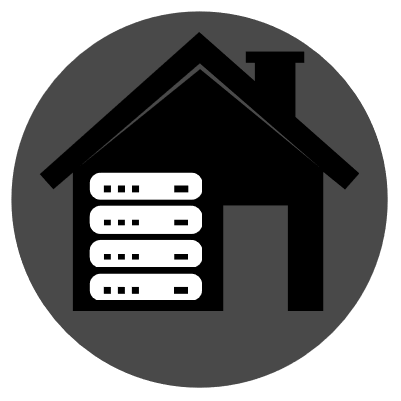

Might be talking about https://lemmy-federate.com/?
You can add the community, and the other instances that have signed up will have their follower account subscribe to your new community. Communities are only federated to instances that have at least one subscriber to the community, so it won’t show in All on instances with no subscribers to your community. That website is a way to help get around that.



Only a single person on the instance needs to subscribe, then the instance with the community knows about it and will start pushing the content to that instance.
You’re on Lemmy.world, so it wouldn’t take long for someone to subscribe (if you’re the first person, just looking also pulls a handful of posts, but no further updates until someone subscribes).